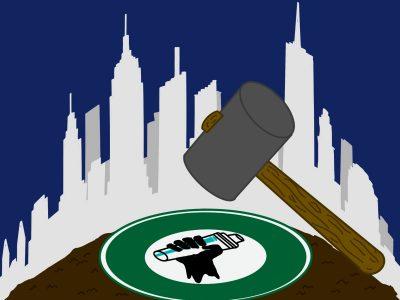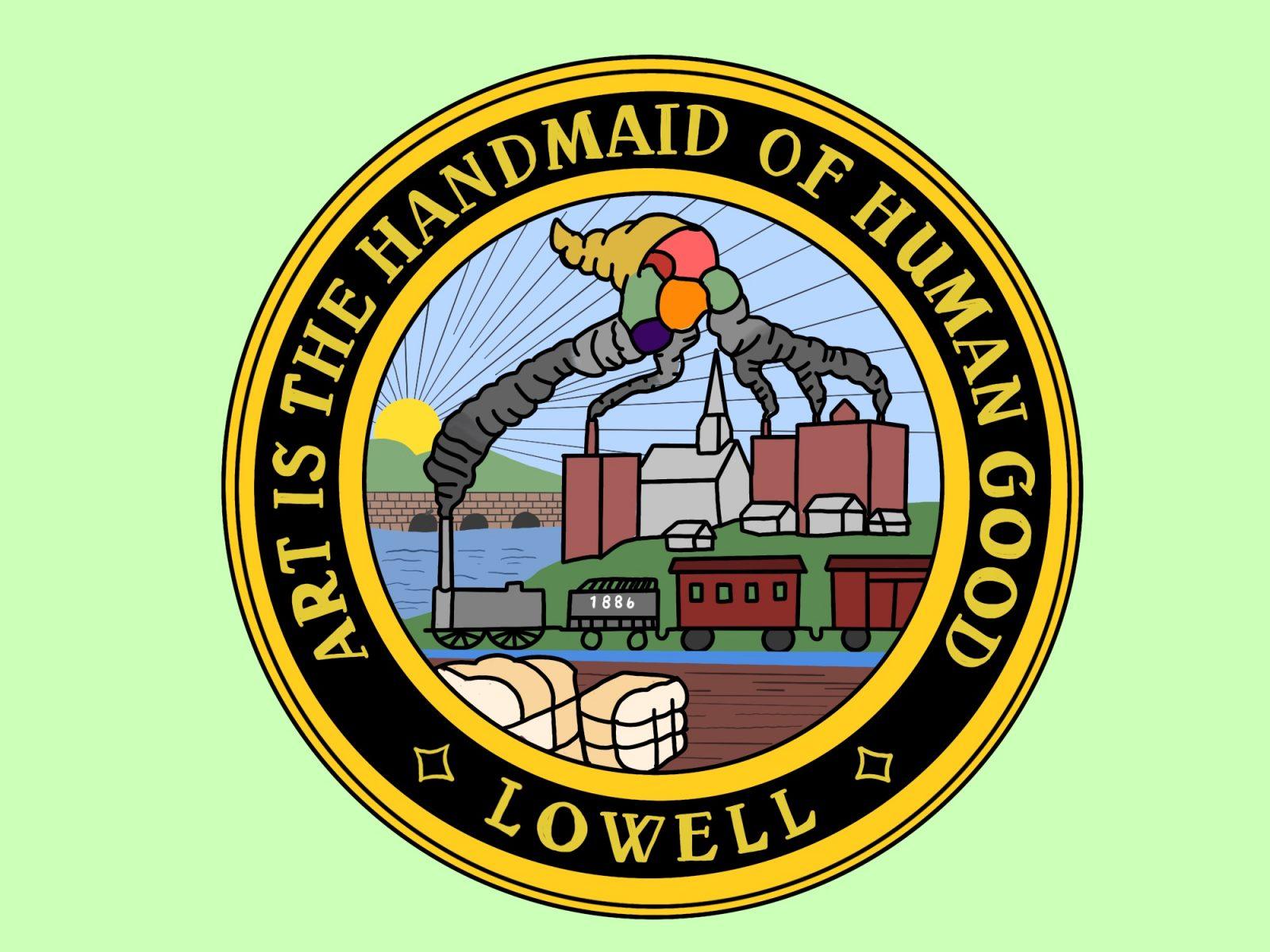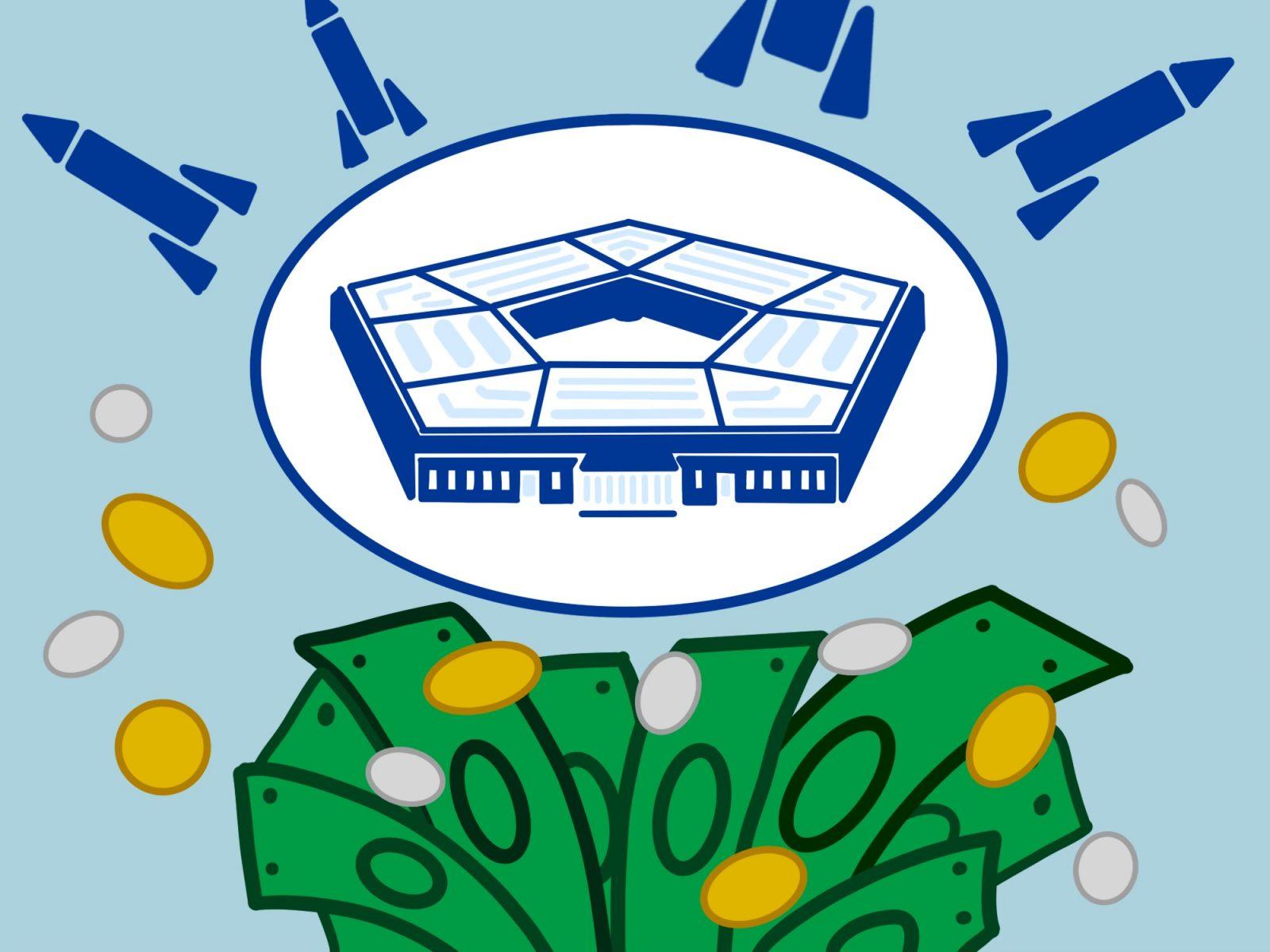Starbucks is the epitome of an idyllic coffee shop. A place where you can sip an expertly crafted caffeinated beverage, grind out some work on your laptop or just relax with a good book.
However, to an increasing number of others, which hopefully will soon include you, it is known as one of the most aggressive union busting major players in the service industry today.
If you’ve been to Boston University in the last two months it would have been hard not to notice the picket line outside of the Starbucks at 874 Commonwealth Avenue. While I encourage everyone to stand in solidarity with those strikers, their situation is depressingly common in Starbucks stores across the country.
As the largest coffee chain in the world, Starbucks’s success story, as with any company, has been built off the labor of their employees, who are called “partners.” The first Starbucks stores were actually unionized by their partners back in 1985.
However, foreshadowing events to come, when the longrunning CEO of Starbucks, Howard Schultz, was first appointed in 1987 promising to respect the union contract, he actually hired consultants and lawyers whose specialty were in anti-union campaigns, brought in new management and within less than a year, the union was decertified, supposedly by its own workers.

Fast forward to 2020, after Starbucks had already undergone its meteoric rise to the top. The efforts of Starbucks’s underappreciated partners experienced a brief moment of recognition during the COVID-19 pandemic when they became classified as “essential workers” and received a pay increase. Yet by only October of that year these raises were rolled back. This all too brief taste of what things could be like compelled partners nationwide to set the current movement for unionization in motion.
Over 220 Starbucks locations from coast to coast have voted to unionize. Despite this, Starbucks has opened up negotiations with a whopping three of them.
This refusal to bargain has led to strikes at over 55 locations and for the official slogan of Starbucks Workers United to become “No Contract No Coffee.” Partners’ reasons for unionizing vary from store to store but according to the Washington Post, the most common trends include improving job security, as Starbucks has very high turnover rates, as well as increased wages considering many Starbucks are concentrated in high cost of living urban areas. On top of this, most partners are in their late teens or early twenties, saddled with student loan debt, and facing the worst economy seen in generations.
Starbucks has a variety of tactics for trying to deny these demands. The workplace environment they try to cultivate across stores is very hostile to organized labor, with “union” becoming somewhat of a dirty word at most locations. If management discovers a partner has union sympathies they are frequently either fired under false pretenses or have their hours cut until quitting becomes their only viable option.
Fired partner and union organizer Tori Tambellini said that a new position has even been created in the corporate chain, called “Support Manager,” whose primary function is to go around to all of a district’s locations and root out any union activity.
Under most circumstances the only situation in which partners are even permitted the chance to vote on unionization, as was the case with the strike on Comm. Ave., is when someone in middle management defects from the company line long enough to allow a vote to take place. These individuals are often a sort of sacrificial lamb who are usually fired immediately afterwards.
If this doesn’t work, they will either outright refuse to be bargained with for weeks at a time or suffocate the negotiations in so much red tape and bureaucracy that no meaningful objectives could ever be achieved.
Starbucks knows they can get away with this because they’re a multibillion-dollar company and most of their employees are barely scraping by on minimum wage.
They know if they wait out their pro-union partners, most will either be forced to find new jobs or fall in line in order to support themselves. And, if all else fails, they have the nuclear option: terminating a location. Over 400 Starbucks have been closed over the past two years, and many of them were hotbeds of union activity.
Despite having the obvious upper hand, Starbucks hasn’t been completely beyond reproach. The National Labor Relations Board has opened over 170 cases against Starbucks for being overly explicit in surveilling and terminating partners suspected of being pro-union.
Starbucks markets itself as a company which champions progressive values, attracting a much more progressive consumer base. However, as of recently, blatant union busting has tarnished their good reputation. Partners are entitled to the basic rights Starbucks continues to deny them.
If you are a Starbucks consumer who claims to value democracy consider this while drinking your next grande frappuccino — do you want to support a business that adamantly refuses to give their employees a say in how their workplace is run?



























































































































Phyllis Laking Hunt • Sep 25, 2022 at 2:02 pm
Congratulations on your story. You did a great job of outlining the pro union position of Starbucks baristas. It will cause much food for thought for we who cannot face the day without our breakfast sandwich and Starbucks coffee. The reality is that retail often cannot afford to pay a living wage.
Margaret Aherne • Sep 24, 2022 at 10:33 am
Very interesting article. Opened my eyes up to why the pWhy the partners were striking. This author has a great way of getting his readers to be aware of what’s happening and to be informed. Had no idea this was why the Starbucks partners were striking. Won’t be getting there coffee anymore ,until they do what’s right right by their people